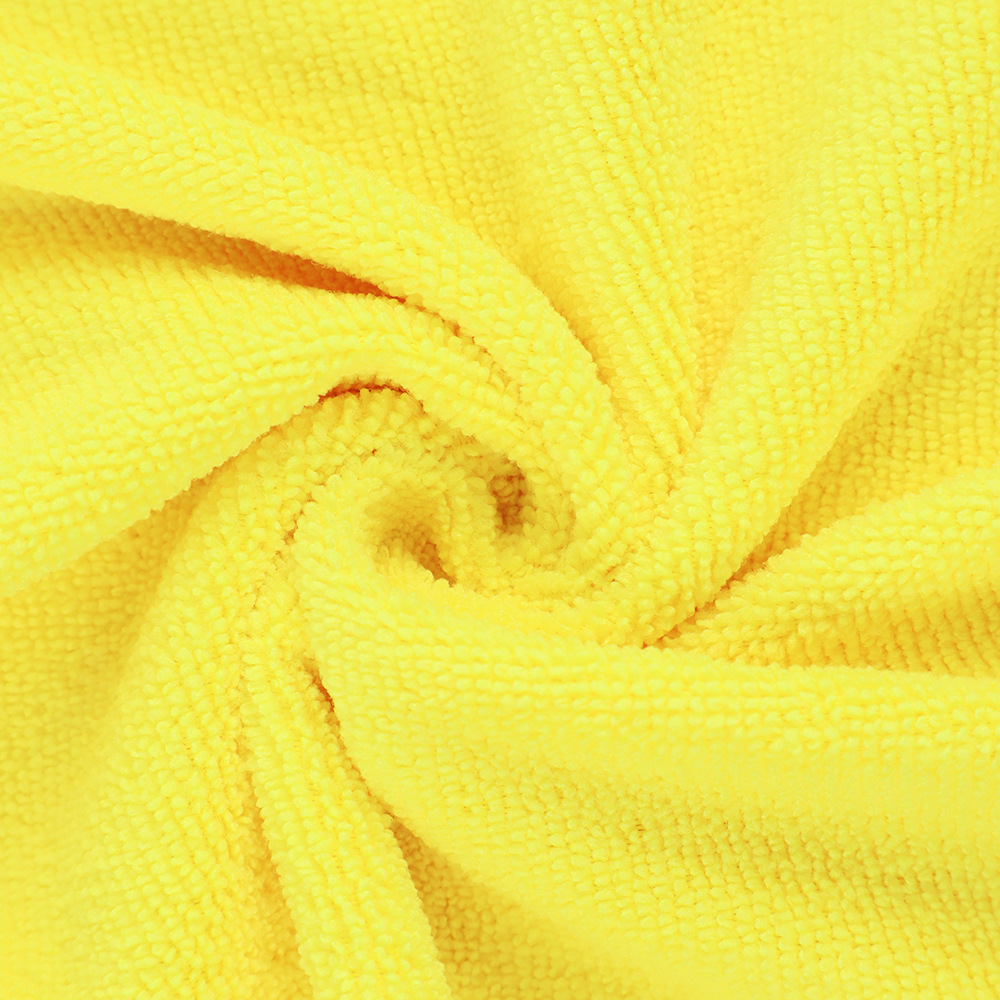While cotton is a natural fiber, microfiber is made from synthetic materials, typically a polyester-nylon blend. Microfiber is very fine — as much as 1/100th the diameter of a human hair — and about one-third the diameter of a cotton fiber.
Cotton is breathable, gentle enough that it won’t scratch surfaces and very inexpensive to purchase. Unfortunately, it has a lot of drawbacks: It pushes dirt and debris rather than picking it up, and it is made of organic materials that can harbor odor or bacteria. It also requires a break-in period to disperse the cotton seed oil, dries slowly and leaves lint behind.
Microfiber is highly absorbent (it can hold up to seven times its weight in water), making it very effective at actually picking up and removing soil from a surface. It also has a long lifespan when properly used and maintained, and is lint-free. Microfiber has only a few limitations — it comes with a much higher upfront cost than cotton, and it requires special laundering.
But cleaning experts say, when compared side-by-side, microfiber is clearly superior to cotton. So why do so many users continue to cling to cotton?
“People are resistant to change,” says Darrel Hicks, industry consultant and author of Infection Prevention for Dummies. “I can’t believe people are still holding onto cotton as being a viable product when it just doesn’t stand up to microfiber.”
Post time: Mar-04-2024


